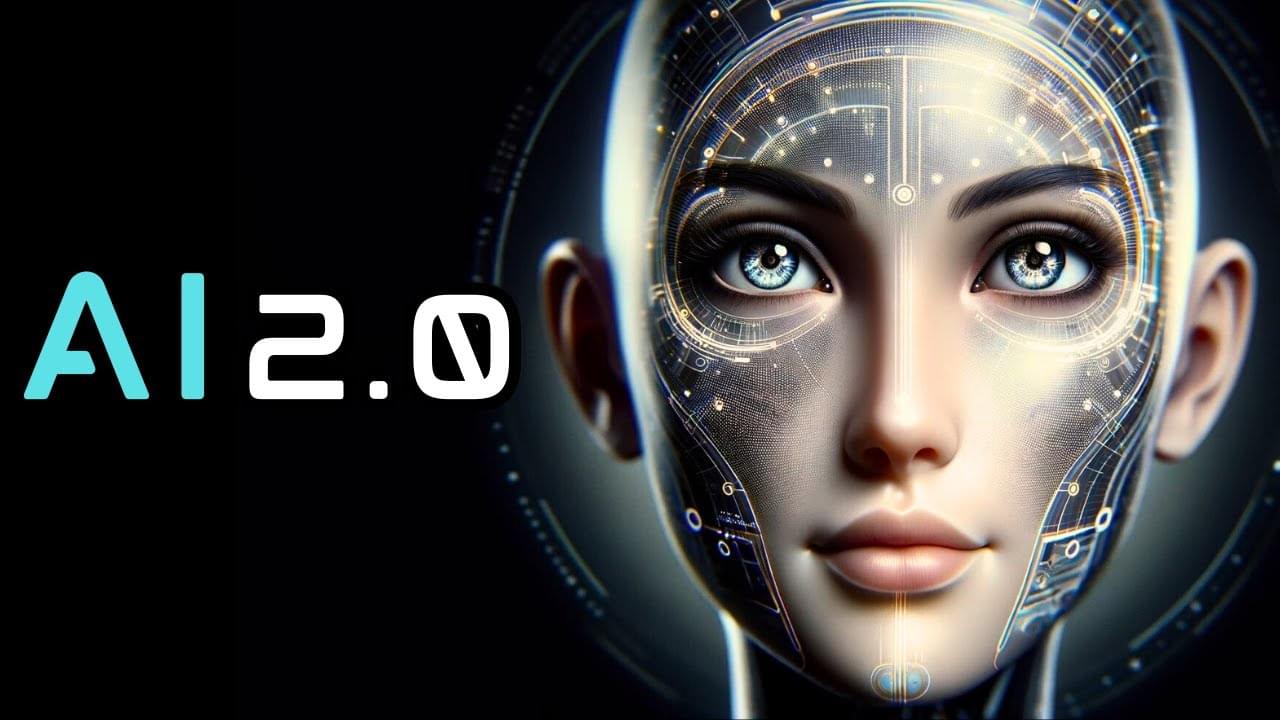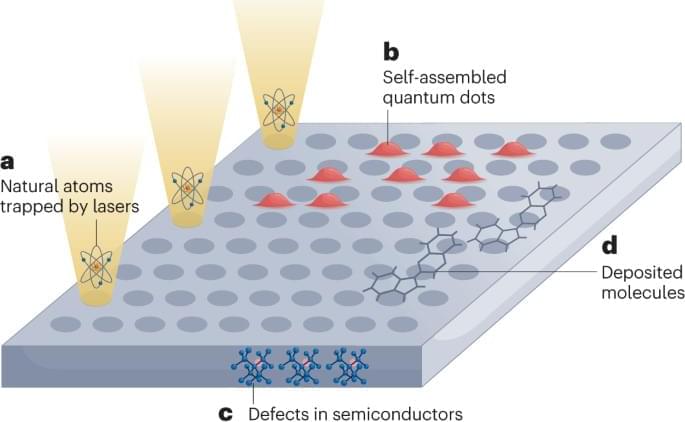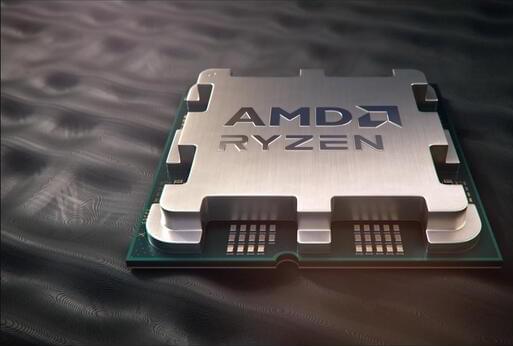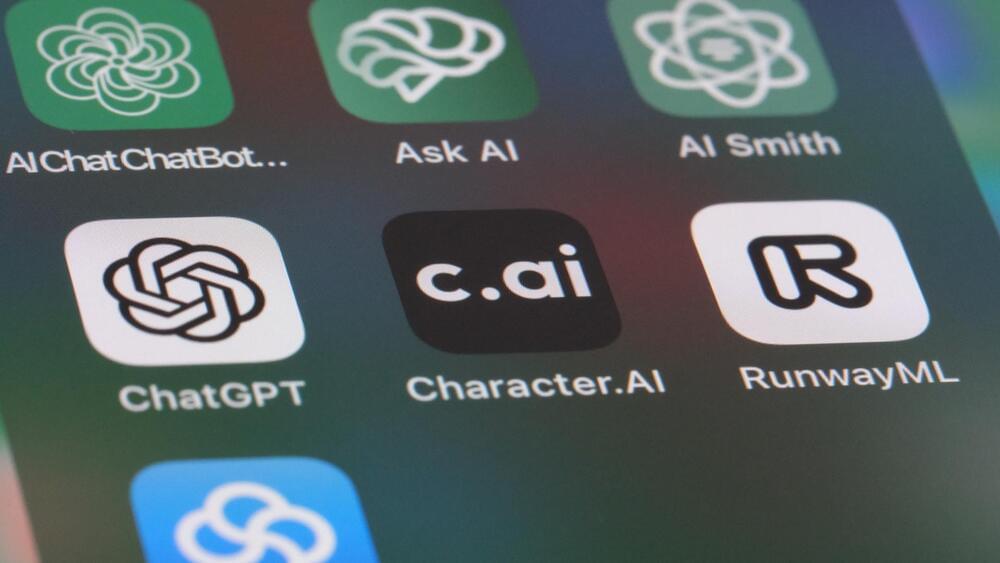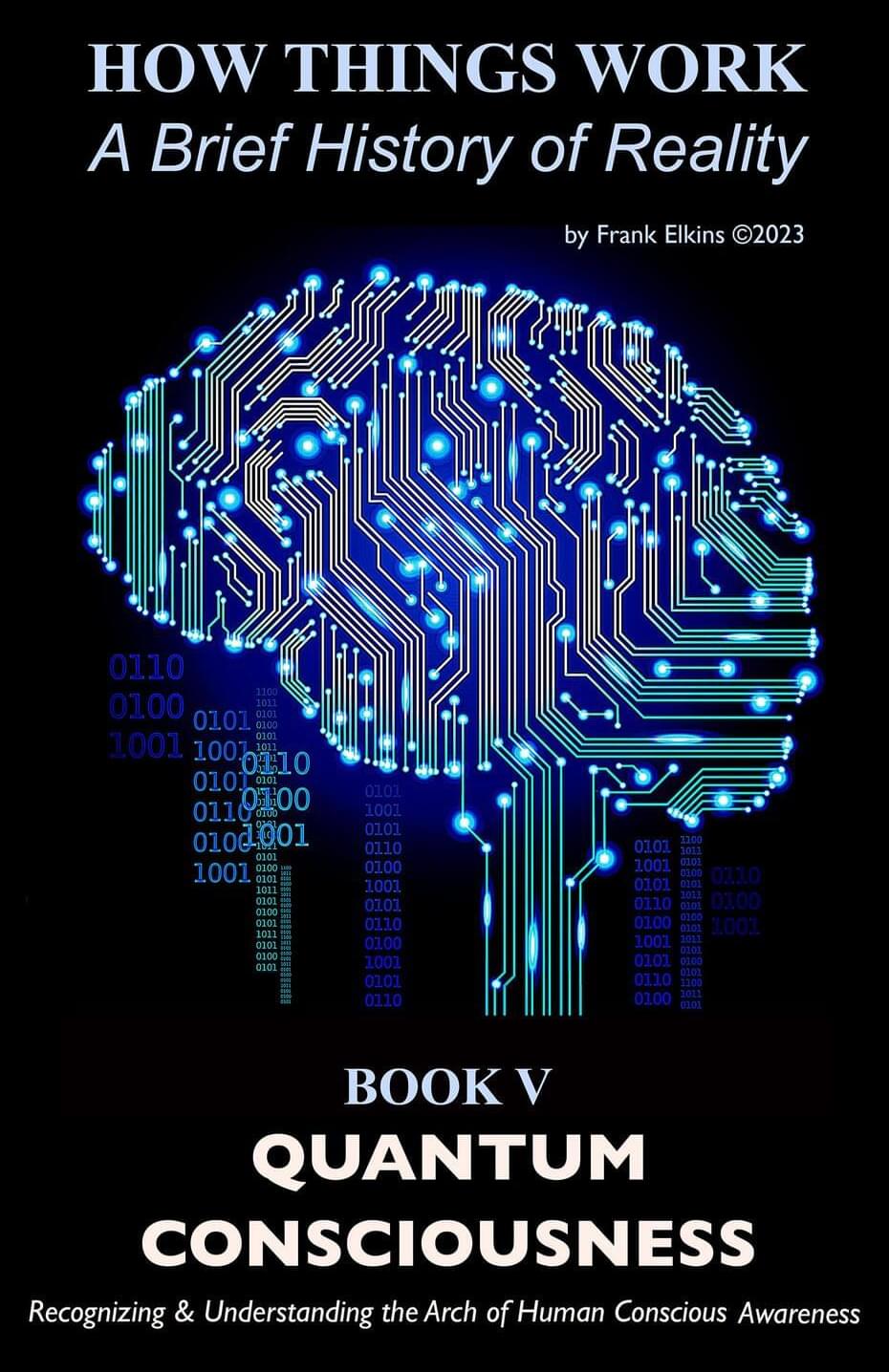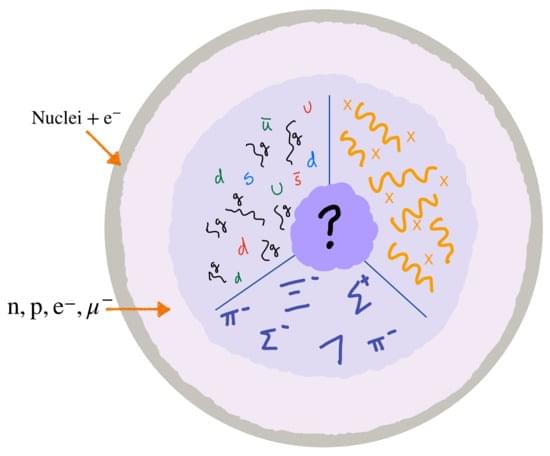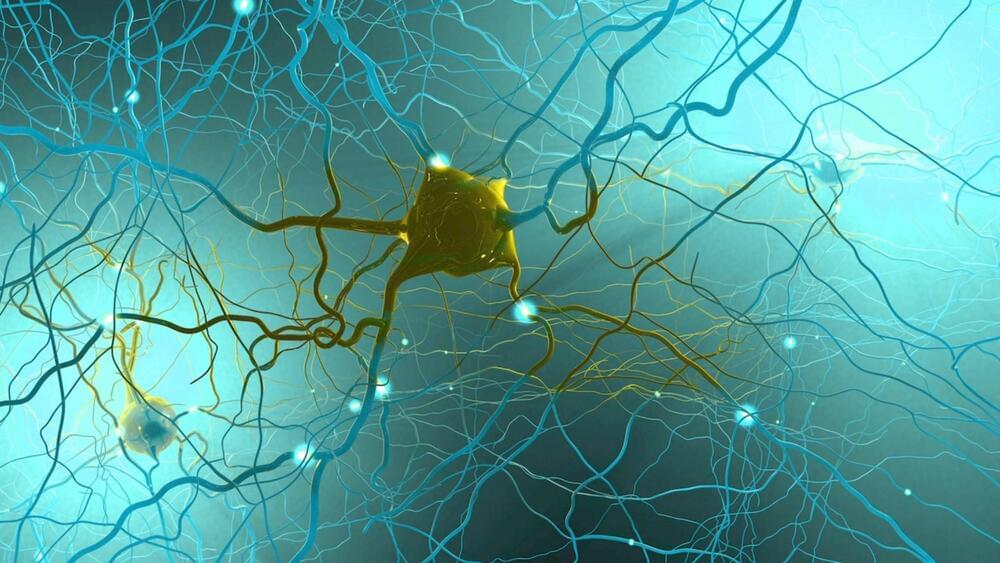Are you curious about the future of Artificial Intelligence (AI) and how it will be impacted by Quantum Computing? Join us on an exciting journey into the world of technology as we explore how Quantum Computing is set to revolutionize AI by the year 2027. In this video, we will delve into the fascinating realm of Quantum Computing and its implications for the future of AI.
Quantum Computing, a cutting-edge field in computer science, harnesses the principles of quantum mechanics to perform computations at speeds unimaginable with traditional computers. By leveraging the power of quantum bits or qubits, Quantum Computing has the potential to exponentially increase processing power, enabling AI systems to tackle complex problems with unprecedented efficiency and accuracy. Imagine a world where AI algorithms can analyze vast amounts of data in seconds, leading to groundbreaking discoveries and innovations across various industries.
As we look ahead to 2027, experts predict that the synergy between Quantum Computing and AI will reach new heights, transforming the landscape of technology as we know it. With Quantum Computing capabilities integrated into AI systems, we can expect significant advancements in areas such as machine learning, natural language processing, and data analytics. These advancements will not only revolutionize how AI applications function but also pave the way for groundbreaking innovations in fields ranging from healthcare to finance.
Join us as we explore the exciting possibilities that await us at the intersection of Quantum Computing and AI. Together, we will unravel the mysteries of this transformative technology and glimpse into a future where AI is powered by the limitless potential of Quantum Computing. Get ready to embark on a journey into the future of technology, where Quantum Computing will redefine the boundaries of what AI can achieve by the year 2027.
